Have you ever watched a child curl up with a sleepy cat and felt your heart melt? There’s something magical about the gentle purr of a feline companion, especially when it comes to kids. While dogs often steal the spotlight as the ultimate family pet, cats have a secret charm that can make them the perfect addition to a child’s life. Get ready to discover surprising, delightful, and even hilarious reasons why cats just might be a better fit for your little ones than their canine counterparts.
Cats Teach Gentle Touch and Respect for Boundaries
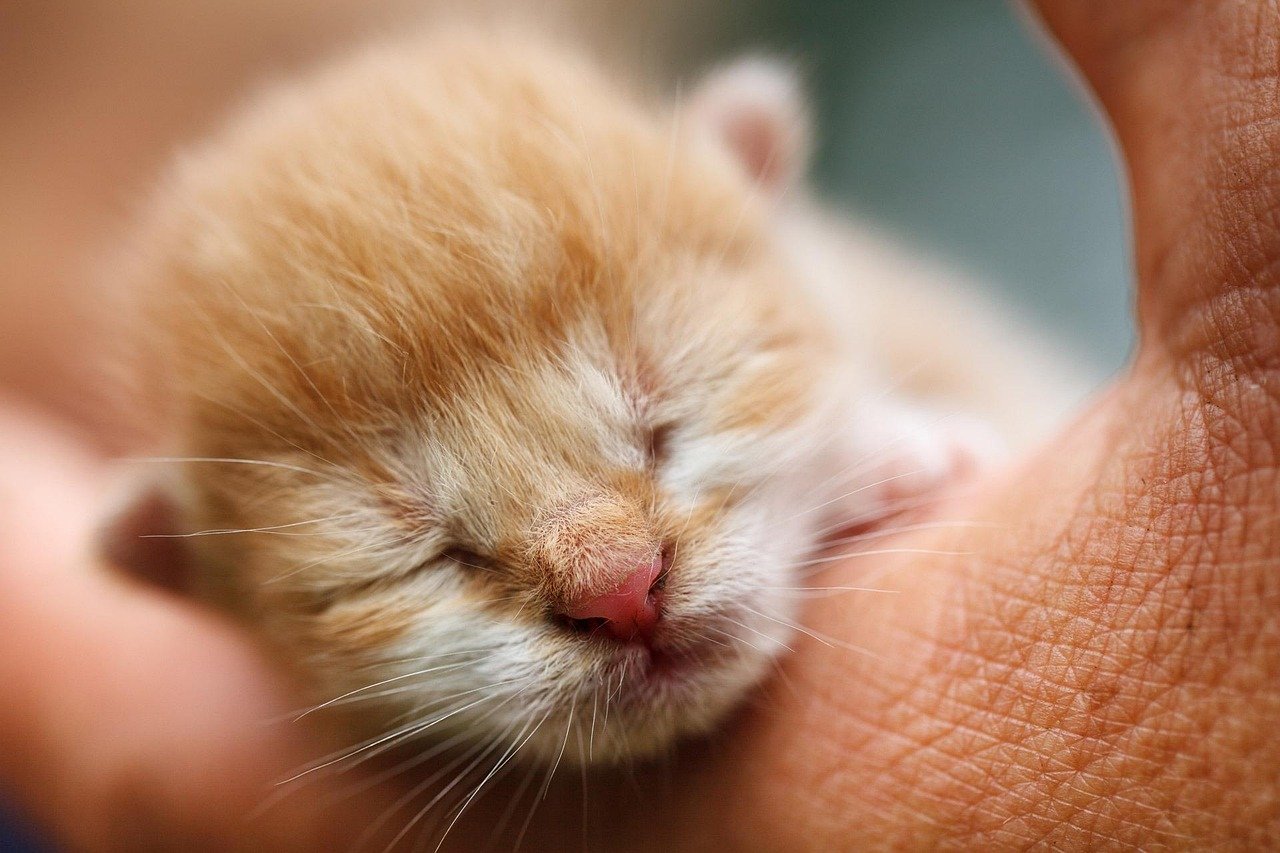
One of the most wonderful lessons cats offer children is the importance of gentle touch and personal space. Unlike many dogs, cats are not always eager for rough play. When children interact with a cat, they quickly learn to be gentle, patient, and to respect when a cat needs space. This isn’t just about pet care—it’s a valuable life lesson about boundaries. Watching a child learn to softly stroke a cat, or to give them a break when they retreat under the couch, is like seeing empathy and respect blossom in real time. Cats communicate their needs clearly, and kids pick up on these cues, gaining social skills that extend far beyond the living room.
Low Maintenance: Less Stress for Busy Families
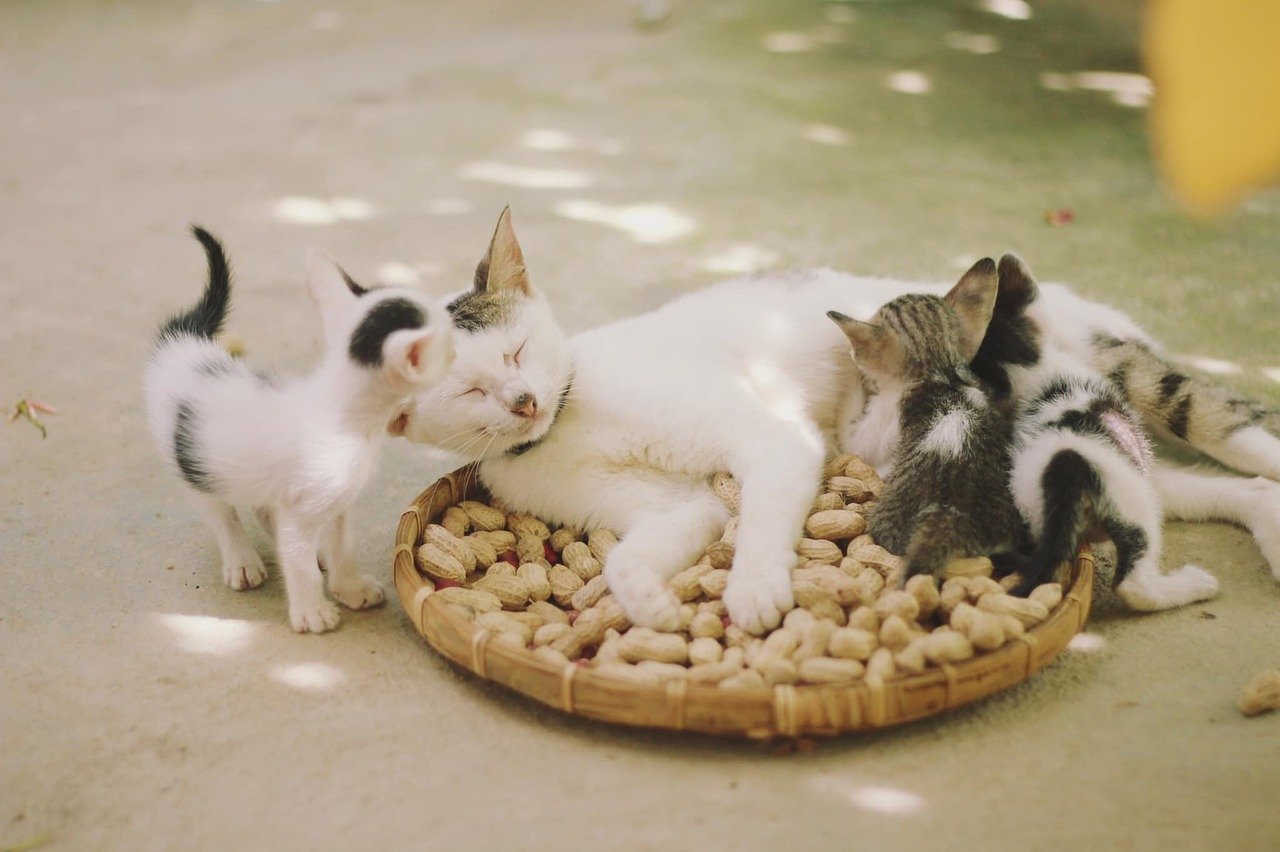
Cats are famously self-sufficient, which makes life easier for parents and kids alike. Unlike dogs, cats don’t need to be walked outside several times a day. Litter boxes, while not glamorous, are a game-changer for families with hectic schedules. Kids can easily help with feeding and cleaning, building responsibility without overwhelming them. The independence of cats also means they’re happy to entertain themselves for hours, leaving children free to focus on homework, hobbies, or other family activities. For busy households, this low-maintenance nature is a breath of fresh air.
Allergy Benefits: Building Immunity Early
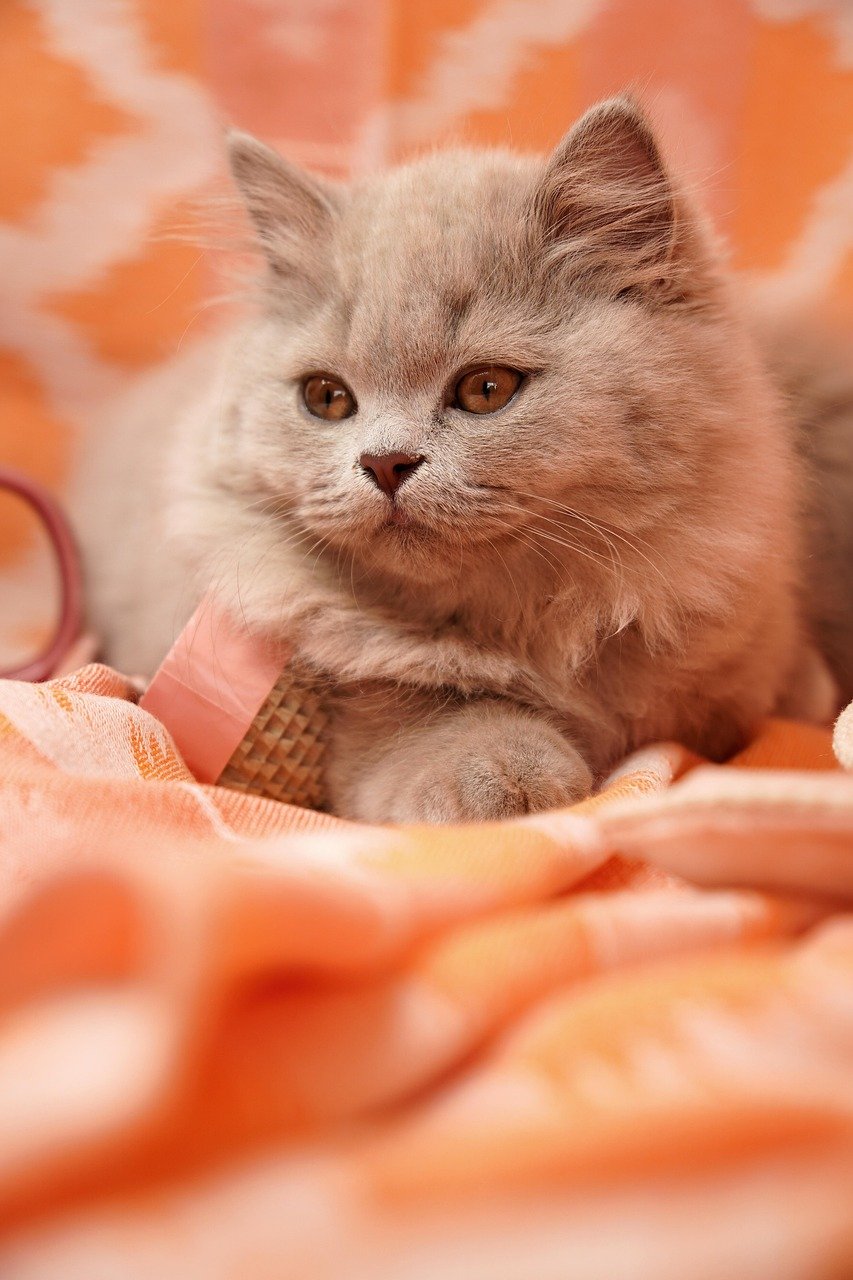
Here’s something surprising: growing up with a cat might actually help kids build stronger immune systems. Some research suggests that early exposure to cats can lower a child’s risk of developing certain allergies and asthma. The idea is that by being around cat dander from a young age, kids’ bodies adapt and become less sensitive to common allergens. This natural immune boost is a hidden superpower of feline companionship. Plus, for families with a history of allergies, cats often trigger fewer reactions than some dog breeds, making them a safer bet for sensitive little ones.
Perfect for Small Spaces and Apartments

If your family lives in an apartment or has limited outdoor space, a cat can be the perfect pet. Unlike dogs, who need room to romp and run, cats are happy in small spaces. They find joy in a sunny windowsill, a cardboard box, or even a cozy corner of the couch. This adaptability makes cats a great choice for urban families or anyone without a backyard. Kids living in apartments don’t miss out on the joys of pet ownership, and parents don’t have to worry about frequent walks or trips to the park.
Cats Encourage Quiet Time and Calm
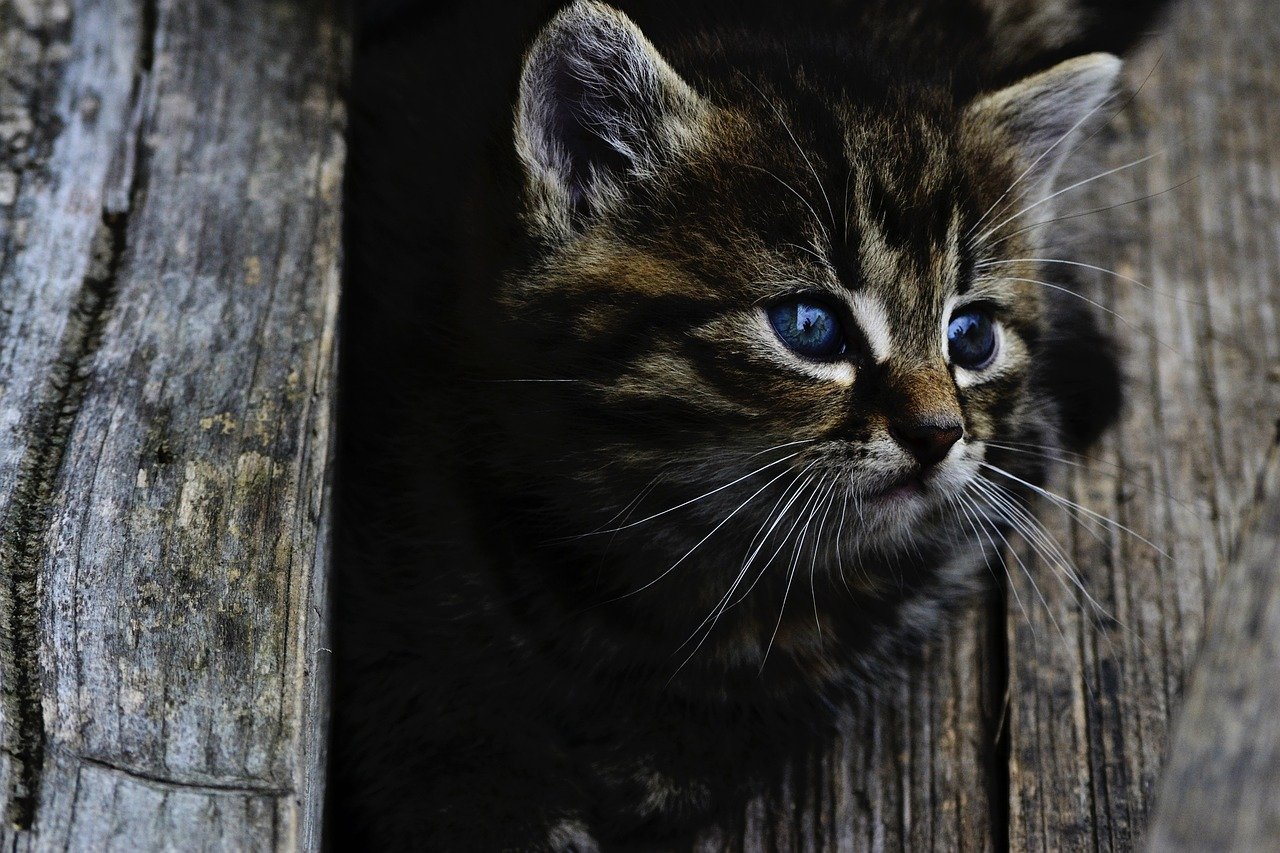
Cats have a unique talent for bringing calm into a room. Their soft purrs, slow blinks, and lazy stretches set a peaceful tone that rubs off on everyone around them. For kids who are shy, anxious, or just need a break from the noise of everyday life, a cat’s presence can be soothing. Children often find comfort in reading to a cat, snuggling during a thunderstorm, or simply sitting quietly together. This quiet companionship helps kids develop mindfulness and teaches them the value of slowing down—something we could all use a little more of.
Financially Friendly: Lower Costs Than Dogs

Raising a family is expensive, and pets add another layer to the budget. Cats generally cost less to care for than dogs. They eat less, require fewer toys, and don’t need professional grooming or boarding as often. Veterinary bills can also be lower, especially since most cats don’t need regular vaccines for outdoor exposure or dog park visits. For families watching their wallets, the financial benefits of a cat can make a big difference. This affordability means that more kids can experience the joys of pet ownership without breaking the bank.
No Need for Daily Walks: More Free Time
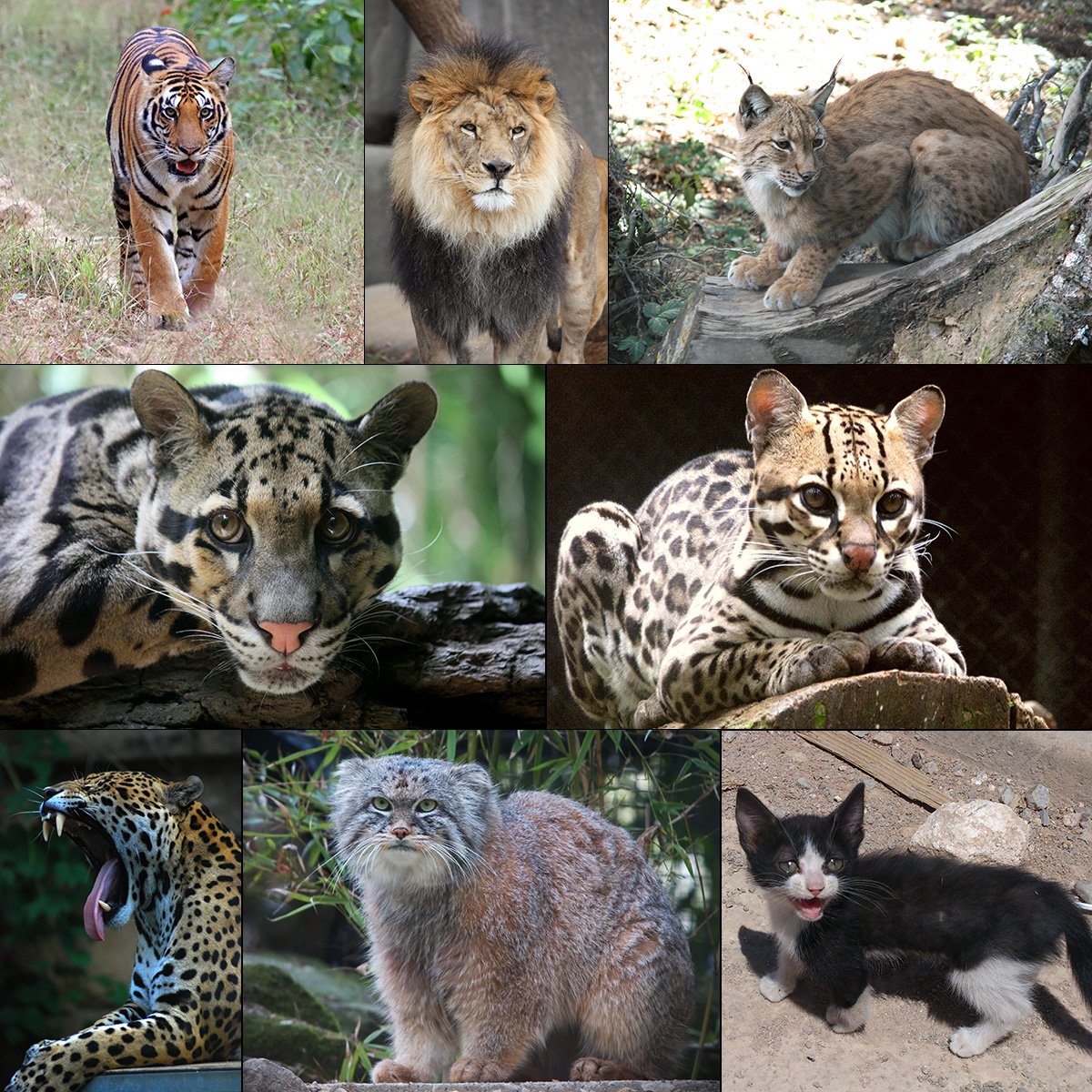
Let’s face it—walking a dog every morning, rain or shine, can be a challenge, especially with kids in tow. Cats take care of their exercise needs indoors, chasing toys, climbing furniture, or simply exploring their territory. This means no early-morning sprints to the park, no muddy paws, and no guilt if you miss a day outside. Kids can engage with their cats on their own schedule, making playtime more flexible and less stressful for everyone involved. This flexibility is a huge advantage for families juggling school, activities, and work.
Cats Are Quieter Than Dogs

If you’ve ever tried to get a baby to sleep with a barking dog in the house, you know how important a quiet environment can be. Cats, on the other hand, are masters of stealth and silence. Their meows are gentle, and their purrs are soothing. They don’t bark at every passerby or delivery truck, making them ideal companions for families who value peace and quiet. For kids who are sensitive to noise or parents working from home, a cat’s soft presence is a welcome relief.
Promoting Independence in Children
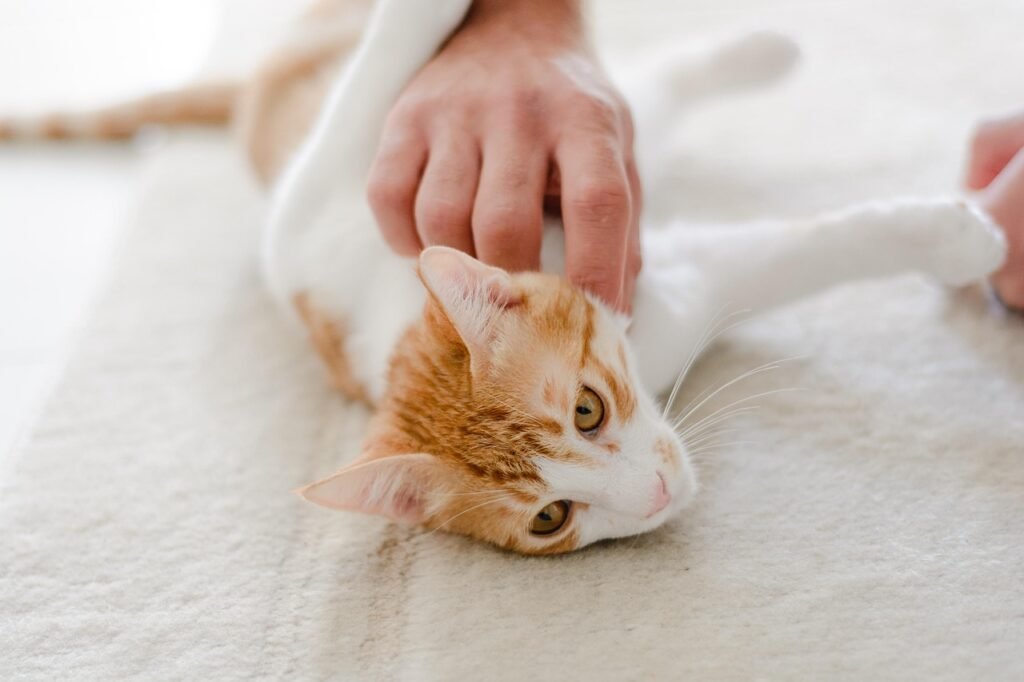
Caring for a cat encourages children to become more independent. Tasks like feeding, brushing, and cleaning the litter box are manageable for kids and teach them how to take responsibility for another living being. Unlike dogs, who might need supervision on walks or during play, cats give children the chance to handle daily care on their own. This independence builds confidence and helps kids feel capable and trusted. The pride a child feels when their cat purrs in their lap is a reward like no other.
Easier Travel and Flexibility

Family vacations and weekend trips can be complicated by a dog’s needs. Cats, however, are much more adaptable when it comes to travel. With a reliable pet sitter or automatic feeder, cats can be left alone for short periods without stress. This makes spontaneous getaways or last-minute plans much easier. Kids can enjoy family adventures without worrying about their furry friend at home. This flexibility is a game-changer for families who love to travel or have unpredictable schedules.
Less Risk of Aggression or Biting
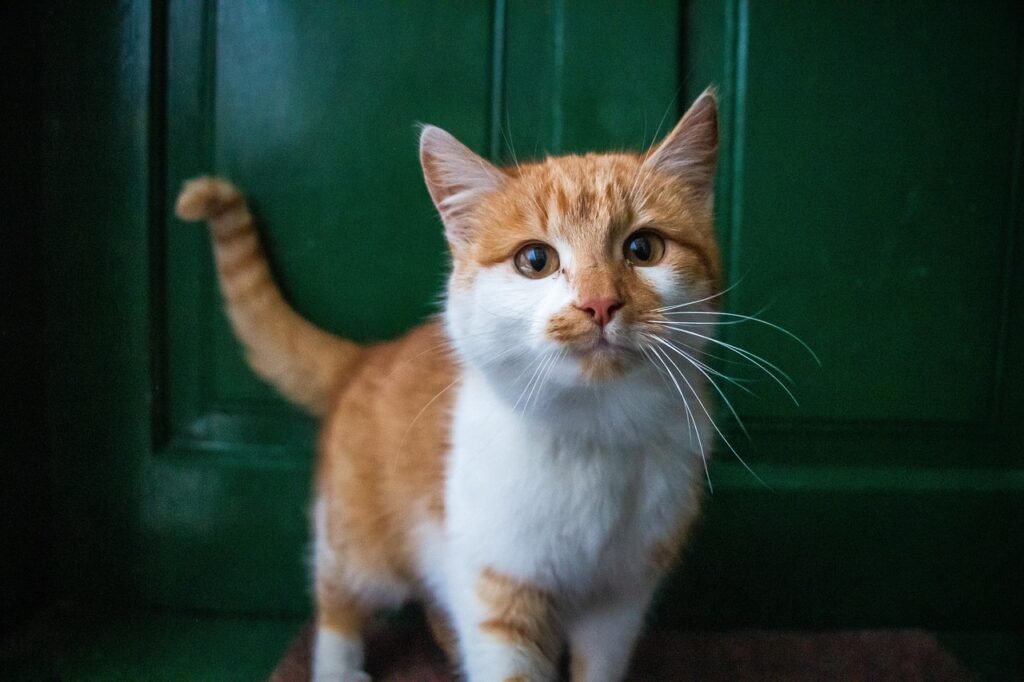
While any animal can become startled or upset, cats are generally less likely to bite or show aggression than some dog breeds. Cats tend to avoid confrontation; if they feel threatened, they’ll usually retreat rather than lash out. This means fewer worries about nips or scratches, especially with young kids who are still learning how to interact with animals. By respecting a cat’s boundaries, children learn safer and more respectful ways to connect with their pets.
Hypoallergenic Cat Breeds Are Available
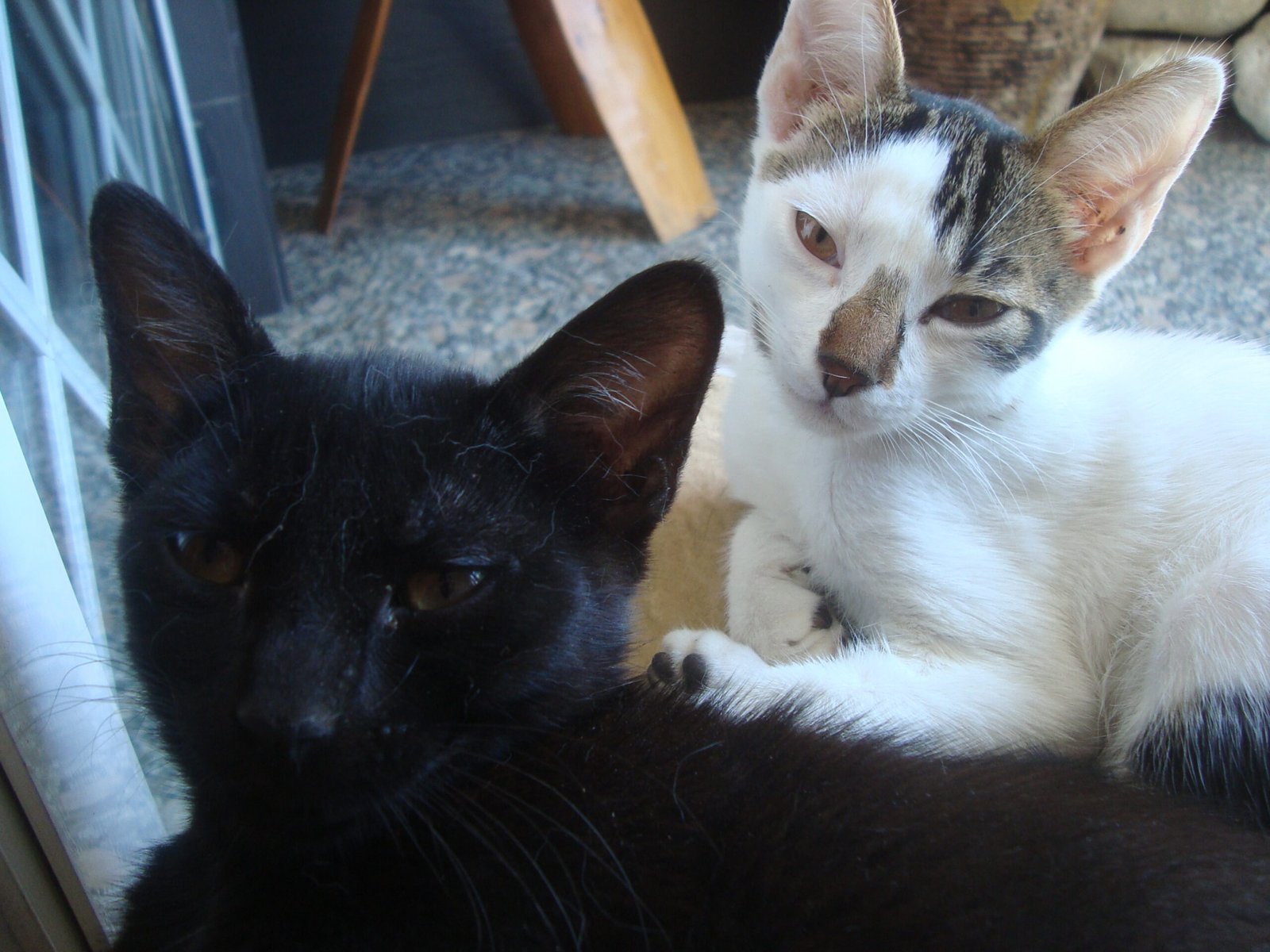
For families concerned about allergies, there’s good news: several cat breeds are known to produce fewer allergens. Breeds like the Siberian, Balinese, and Devon Rex are famous for being more tolerable to sensitive noses. This means more kids can experience the joy of a cat without the constant sneezing and itchy eyes. Parents can explore these hypoallergenic options and find a feline friend that fits their family’s unique needs.
Enriching Emotional Bonds
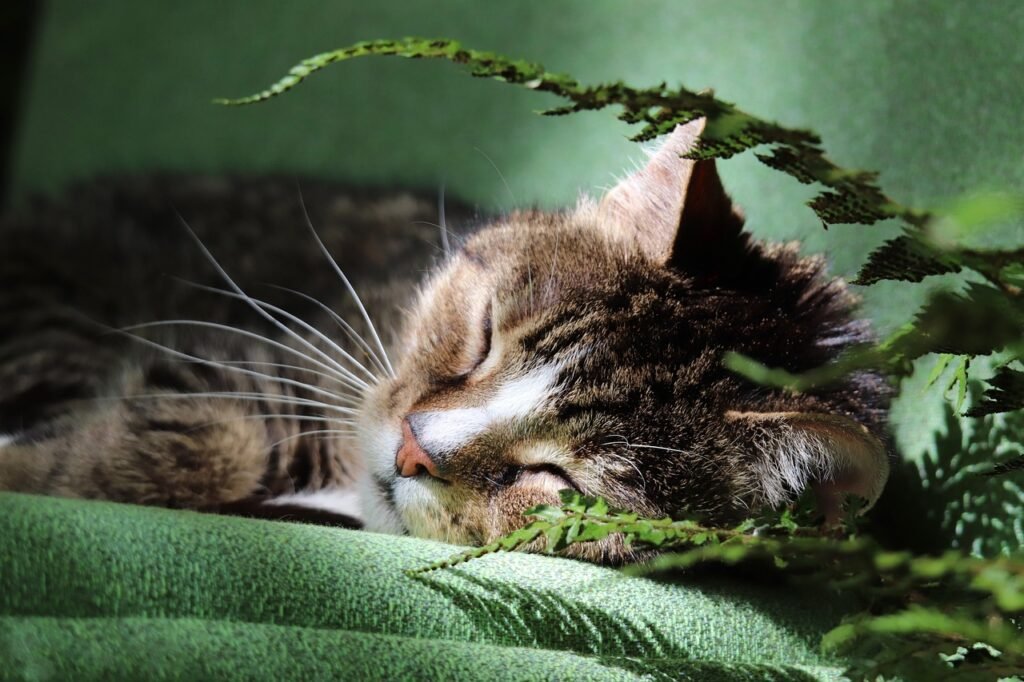
The emotional connection between a child and their cat can be deep and lasting. Cats have a way of sensing when someone is sad or upset, often curling up close to offer quiet comfort. Kids who form these strong bonds learn about empathy, compassion, and unconditional love. The gentle, steady companionship of a cat can help children navigate tough times, offering a constant friend to lean on when life gets overwhelming.
Teaching Patience and Observation

Cats move at their own pace. They don’t always come when called, and sometimes they prefer to watch from afar. For kids, this teaches the art of patience and observation. Children learn to wait, to watch for signs that their cat is ready to play or cuddle, and to respect a cat’s unique personality. This careful, thoughtful approach to interaction is a valuable skill that carries over into other relationships and experiences.
Encouraging Imagination and Creativity

There’s something about a cat’s mysterious nature that sparks the imagination. Kids often invent elaborate stories about their cats’ secret lives—are they spies? Wizards? Superheroes by night? Cats inspire creativity through play, storytelling, and even art. A cardboard box becomes a castle, a feather toy turns into a dragon’s tail, and every day brings a new adventure. This boundless imagination is one of the best gifts a cat can give a child.
Lower Risk of Zoonotic Diseases

While both cats and dogs can carry diseases that spread to humans, cats generally pose a lower risk of zoonotic transmission. They’re less likely to bring home ticks, fleas, or parasites from outdoor adventures. With proper care and regular vet visits, the chances of illness are minimal. This peace of mind is important for parents who want to minimize health risks while giving their kids the joy of a pet.
Fewer Behavioral Challenges
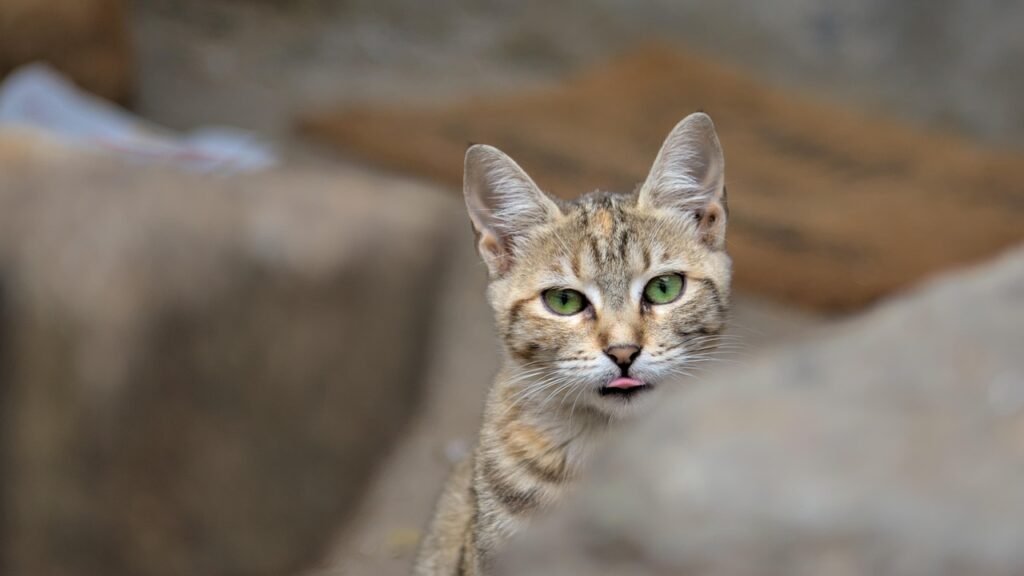
Cats typically have fewer behavioral issues than dogs. They don’t bark, chew furniture, or dig up the garden. While they do have their quirks—like knocking things off shelves or midnight zoomies—these behaviors are usually less disruptive. Kids can focus on positive interactions without the frustration that can come with training a high-energy puppy. The simplicity of caring for a cat makes pet ownership more enjoyable for everyone.
Great for Introverted or Sensitive Kids

Not every child thrives in busy, boisterous environments. For introverted or sensitive kids, a cat’s gentle nature is a perfect match. Cats communicate quietly and offer companionship without overwhelming demands. They give children space to be themselves, providing love and comfort in a way that feels safe and manageable. This quiet connection can help kids feel understood and accepted, boosting their confidence and self-esteem.
Encouraging Reading and Learning
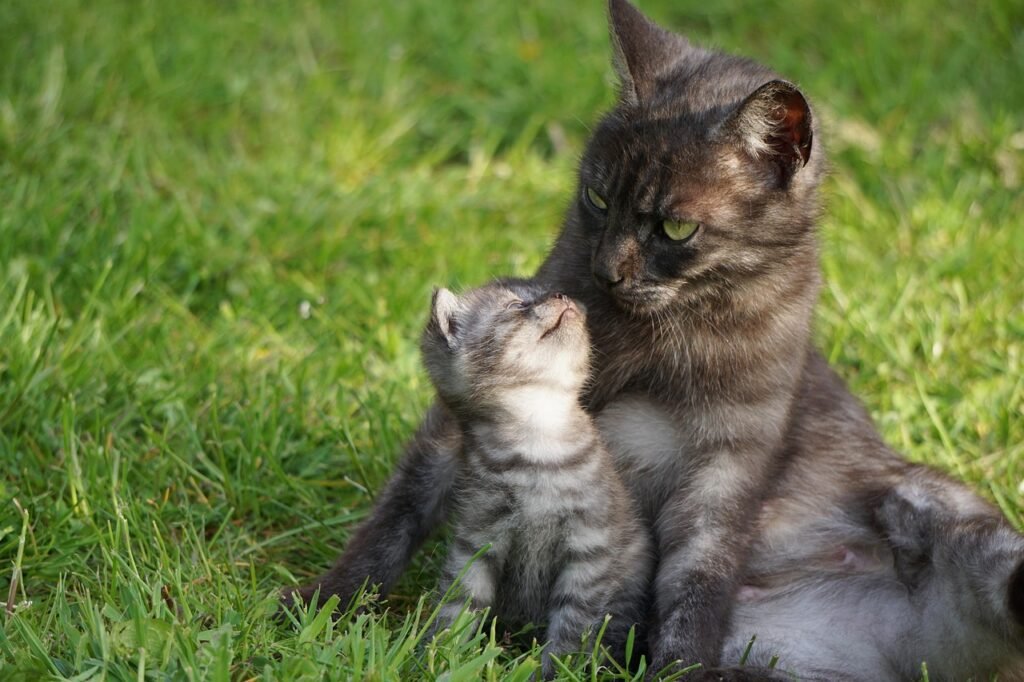
Many kids love reading to their cats, and the benefits are surprising. Cats make non-judgmental listeners, so children feel comfortable practicing reading out loud without fear of being corrected. This boosts literacy skills, confidence, and a love of books. Some schools and libraries even use cats in reading programs because of the positive impact they have on young readers. The simple act of sharing a story with a furry friend can turn learning into an adventure.
Promoting a Respectful Relationship with Animals

Cats teach children to respect animals as independent beings with their own needs and feelings. Unlike dogs, who might always be eager to please, cats set clear boundaries and expect those to be honored. Kids learn to approach their pets on the cat’s terms, developing a deeper understanding of animal behavior. This respect extends beyond the home, fostering a lifelong appreciation for all animals and the natural world.
Unique Personalities That Keep Life Interesting

Every cat has a distinct personality, from playful clowns to wise old souls. Kids quickly learn that no two cats are alike, and this keeps daily life exciting. One cat might love climbing curtains, while another prefers long naps in the sun. Children enjoy discovering what makes their feline friend unique, building a relationship based on curiosity and affection. The unpredictable, quirky nature of cats adds a spark of joy and surprise to every day.
Hi, I’m Bola, a passionate writer and creative strategist with a knack for crafting compelling content that educates, inspires, and connects. Over the years, I’ve honed my skills across various writing fields, including content creation, copywriting, online course development, and video scriptwriting.
When I’m not at my desk, you’ll find me exploring new ideas, reading books, or brainstorming creative ways to solve challenges. I believe that words have the power to transform, and I’m here to help you leverage that power for success.
Thanks for stopping by, Keep coming to this website to checkout new articles form me. You’d always love it!






